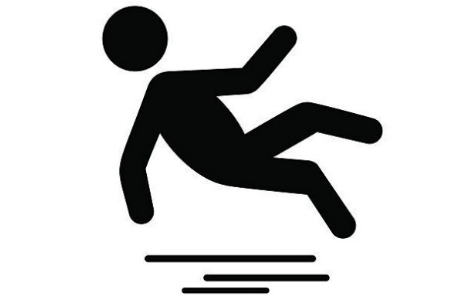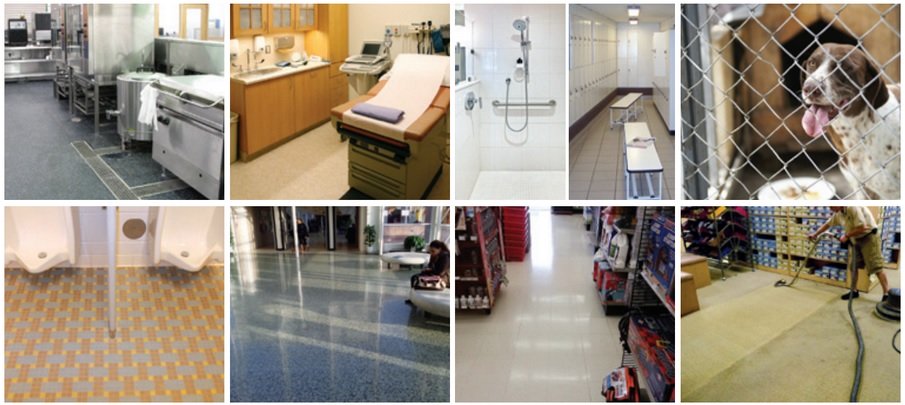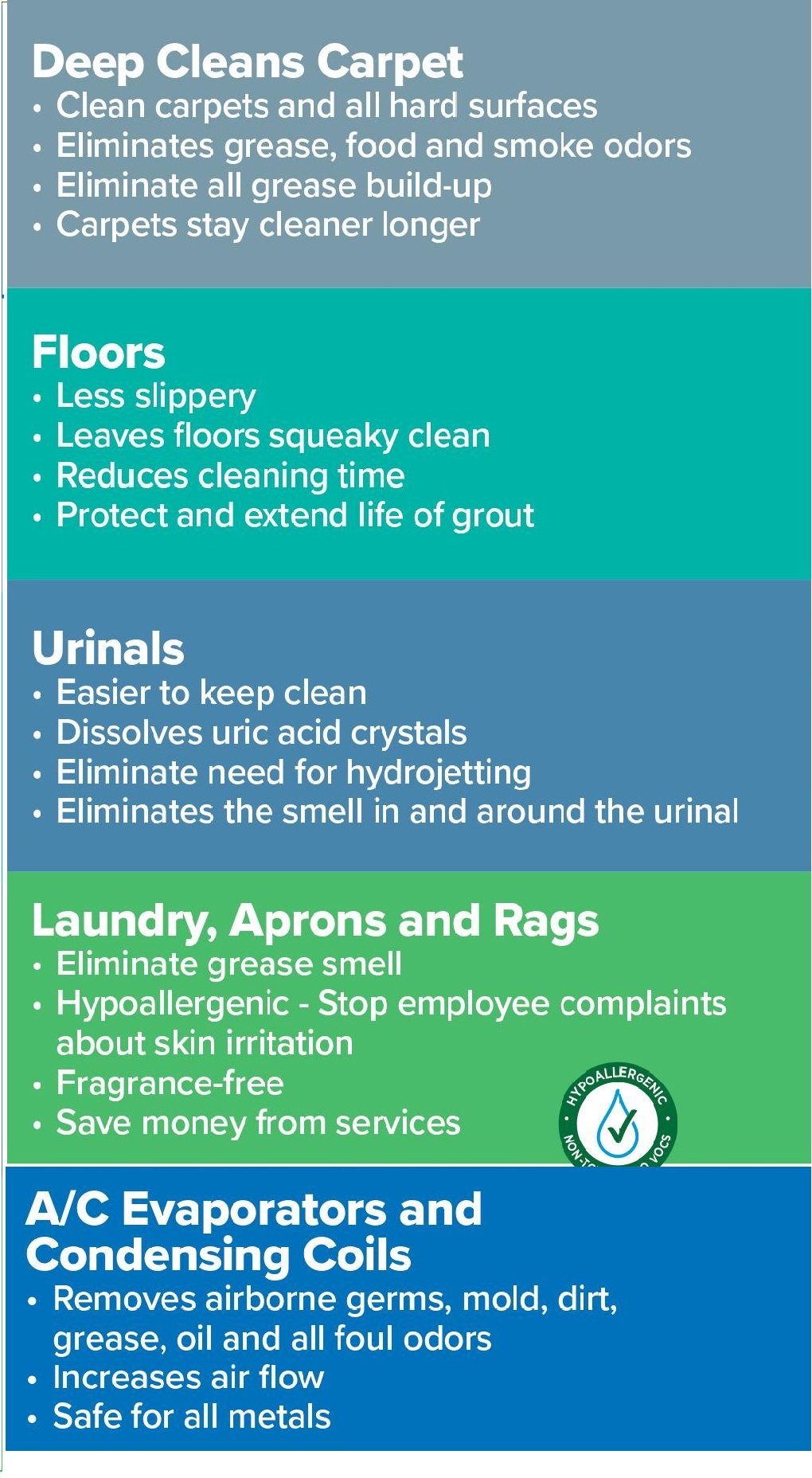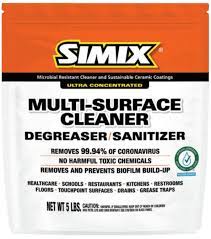How to Clean Grease Trap
To clean a grease trap there are several steps to efficiently clean and maintain to be in compliance with regulations.
Grease has become a major contributor to the breakdown of our sewer systems and now compliance is necessary to avoid large fines.
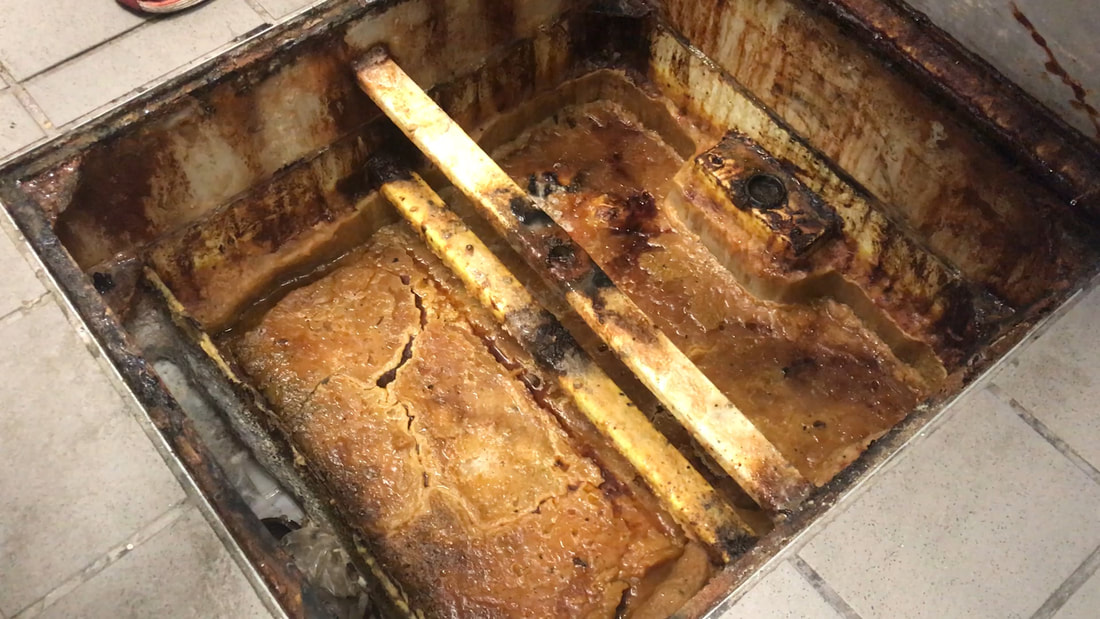 |
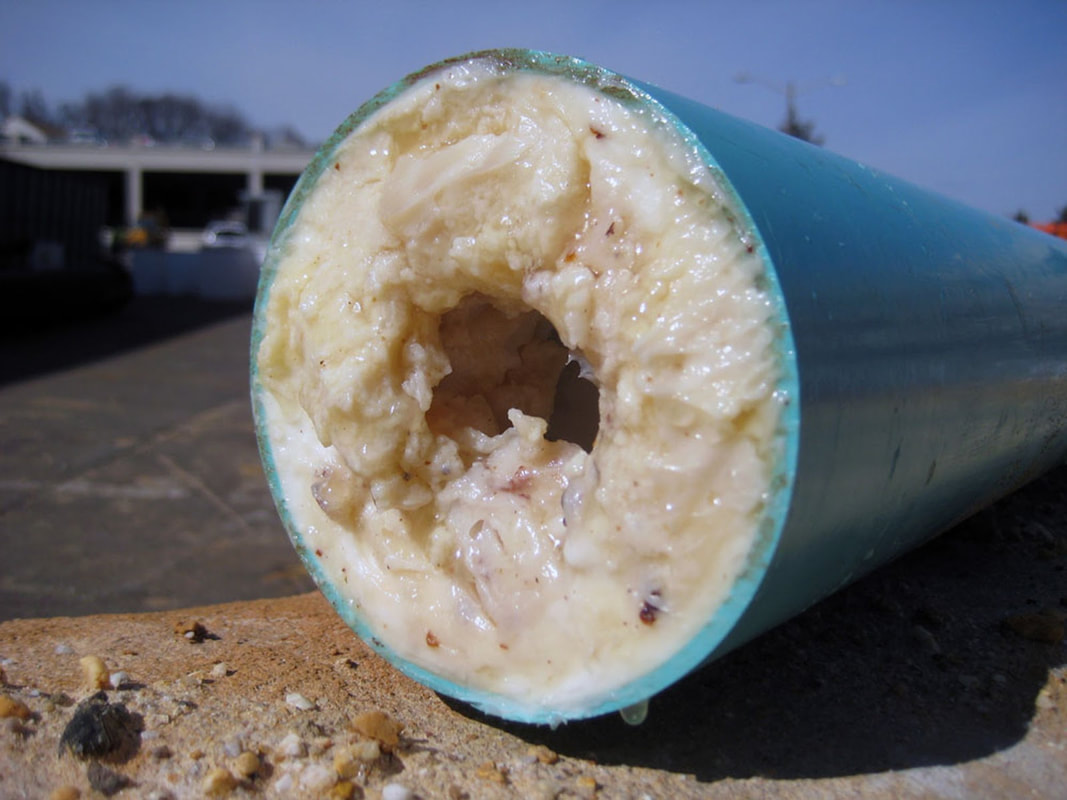 |
Improper grease disposal can lead to a citation that carries a fine of $1000 or more, so it is important to manage your waste grease appropriately and to regularly clean your grease trap in order to avoid an overflow
Steps to clean grease trap
- Explain that fats, oils and grease (FOG) are a problem when washed down drains, because they can clog the
sewers and create overflows.When you use simix it breaks down the grease and helps the lines stay clean
- Post Proper Disposal of Fats, Oils and Grease Best Management Practices (BMPs) signs near sinks and dishwashers.
- Install/use removable drain screens in all sink drains (floor sink drains, kitchen sinks, mop sinks and hand sinks)
to capture solid materials. The screen openings should be 1/8” to 3/16” and removable to make the screen easy
to clean. Adding a second screen can help prevent solid materials from entering the sewer when cleaning the
first screen.
- Recycle used cooking oil and grease by collecting and storing in a recycling barrel or bin.
- Block off sinks and floor drains near any FOG related spill and clean up using absorbent materials, such as
absorbent sweep, cat litter or paper towels.
- Prevent outdoor spills and overflows from entering the storm drain by creating a barrier using dirt, cat litter or
other absorbent material to contain the overflow until all grease is cleaned. Call the local sewer agency as soon as
possible.
- When possible, witness all cleaning and maintenance of outdoor grease interceptors
to ensure the device is properly serviced (see Grease Interceptor Maintenance instruction sheet). Manual indoor
grease traps should be cleaned weekly at minimum, or daily depending on the use of BMPs, number of customers
and type of food served. Clean indoor automatic grease traps daily (see Grease Trap Maintenance instruction sheet).
Stop Hydro-jetting and Snaking Your Lines.
Keeps pipes flowing and ends costly hydrojetting at commercial kitchens and restaurants
Clogged drains and pipes in the kitchen are an expensive, smelly problem.
Stop paying thousands per year to clean your restaurant grease trap and snake the pipes.
Your staff can keep the pipes and drains in your commercial kitchen free-flowing with Simix.
There are two easy ways to keep pipes flowing with Simix. First, have your staff mop with Simix powder, then pour the mop water down the drains. You can also run Simix and hot water through the pipes on a regular basis.
|
|
|
It helps to have a good degreaser to breakdown fats oils and grease or commonly known as FOG

FOG can be broken down with a sodium percarbonate product that produces highly radical forms of hydrogen peroxide.
Simix Solutions a nano tech company involved in nano cleaners and nano ceramic coatings has come up with an excellent way to not only clean and breakdown grease in grease traps but the same economical product can be used on all areas of your restaurant from floors to countertops.
|
|
|
|
|
|
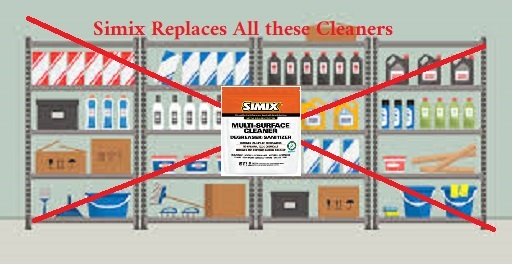 Simix Replaces Multiple Products
Simix Replaces Multiple Products